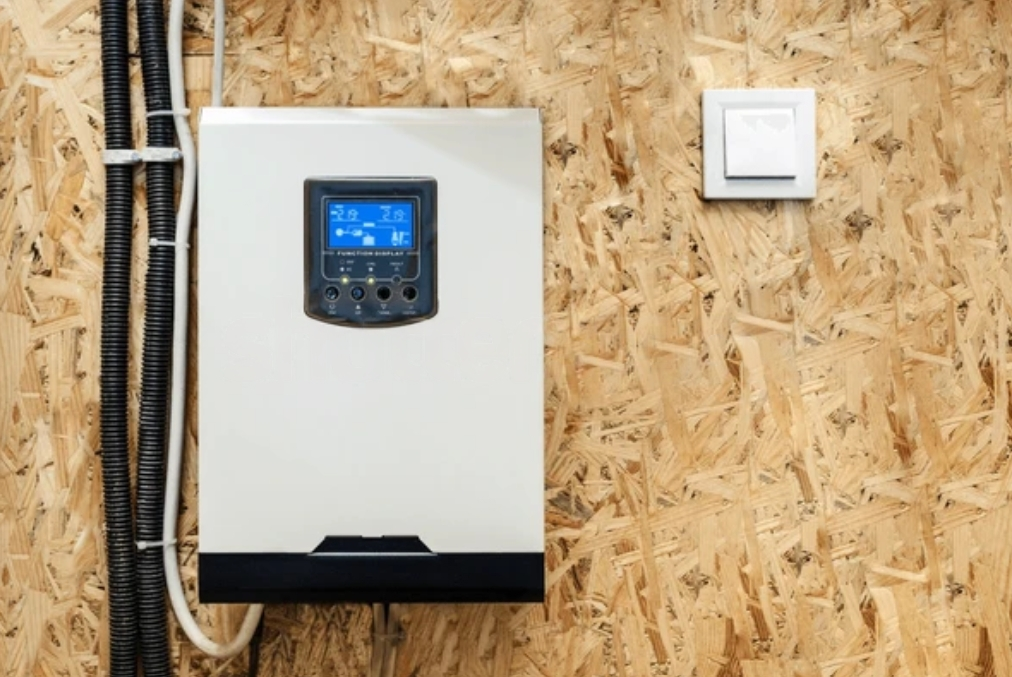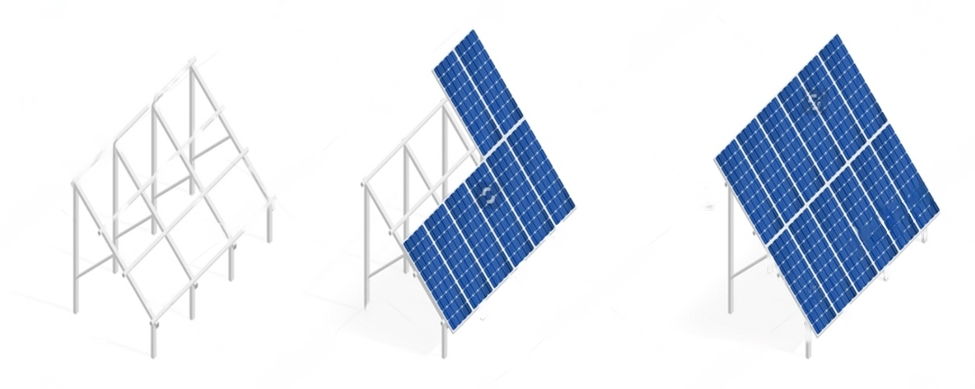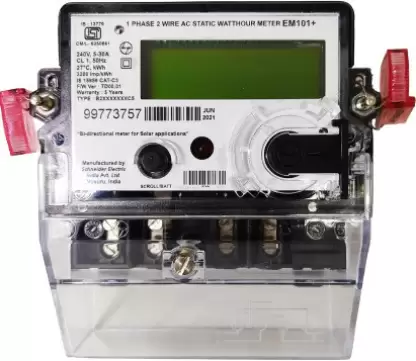
Essential Components of an On-Grid Solar System in India
On-grid solar systems, also known as grid-tied solar systems, are becoming increasingly popular in India for both residential and commercial applications. These systems are connected to the public electricity grid, allowing users to generate their own electricity and return any excess energy back to the grid. This not only helps in reducing electricity bills but also contributes to lowering the carbon footprint. On-grid solar systems are simple to install and maintain, making them an attractive option for those looking to harness solar energy.
Understanding the essential components of an on-grid solar system is crucial for maximizing efficiency and ensuring a seamless installation. This guide will walk you through the key components of an on-grid solar system in India.
1. Solar PV Modules/Solar Panels
Solar PV modules, commonly known as solar panels, are the heart of any solar power system. They convert sunlight into direct current (DC) electricity.
• Types of Solar Panels:
- Polycrystalline Solar Panels: Made from multiple crystal structures, these panels are slightly less efficient but more affordable.
- Thin-Film Solar Panels: Made from a thin layer of photovoltaic material, these panels are flexible and lightweight but generally less efficient.
- Monocrystalline Solar Panels: Made from a single crystal structure, these panels are highly efficient and have a longer lifespan.
- TOPCon Solar Panels: Tunnel Oxide Passivated Contact (TOPCon) technology represents the latest advancement in solar panel efficiency. These panels feature a passivation layer that significantly reduces recombination losses, enhancing efficiency and performance.
• Efficiency and Durability:
- Polycrystalline panels offer efficiencies of around 15-17%.
- Thin-film panels have lower efficiency, around 10-12%, but are useful for certain applications.
- Monocrystalline panels typically offer the highest efficiency, often exceeding 20%.
- TOPCon panels can achieve efficiencies above 22%, making them one of the most efficient options.
• Popular Brands:
- In India, leading brands include Vikram Solar, Waaree Energies, Tata Power Solar, Adani Solar, Renewsys, Axitec and many more.
2. Inverter

The inverter is a critical component that converts the DC electricity generated by the solar panels into alternating current (AC) electricity, which is used by most household appliances.
• Types of Inverters:
- String Inverters: Commonly used in residential and commercial installations, they connect a series of solar panels (a string) to a single inverter.
- Microinverters: Attached to each solar panel, these inverters optimize the output of individual panels and are ideal for installations with shading issues.
- Hybrid Inverters: Combine the functionalities of string inverters and battery inverters, allowing for energy storage and grid interaction.
• Choosing the Right Inverter:
- Consider the size of your solar array, shading issues, and future expansion plans.
- Ensure the inverter is compatible with your solar panels and meets local grid requirements.
3. Module Mounting Structure

The module mounting structure supports the solar panels, ensuring they are securely fixed and optimally oriented to capture maximum sunlight.
• Importance of Mounting Structures:
- Proper mounting structures are essential for the stability and longevity of the solar panels.
- They ensure the panels are positioned at the correct angle and orientation to maximize sunlight exposure.
• Types of Mounting Systems:
- Fixed Tilt: Panels are mounted at a fixed angle, which is usually optimized for the geographic location.
- Adjustable Tilt: Allows for manual adjustment of the panel angle to optimize performance throughout the year.
- Tracking Systems: Automatically adjust the panel angle to follow the sun’s movement, maximizing energy capture but are more expensive.
• Material and Durability:
- Common materials include aluminum and galvanized steel, which offer durability and resistance to weather conditions
- Ensure the structure can withstand local weather conditions, including wind loads and potential snow loads.
4. Bi-Directional Meters

Bi-directional meters, or net meters, are used to measure the flow of electricity in both directions – from the grid to the home and from the solar system back to the grid
• Net Metering:
- Net metering allows homeowners to receive credit for the excess electricity their solar system generates and feeds back into the grid.
- At the end of the billing period, the homeowner is billed only for the net electricity used (total consumption minus the solar power exported to the grid).
• Installation and Benefits:
- The installation of a bi-directional meter is typically handled by your utility provider.
- Benefits include reduced electricity bills and the ability to offset costs by exporting excess solar power to the grid.
5. Balance of System (BoS)

The Balance of System includes all other components necessary for the installation and operation of a solar power system.
• Cables and Wiring:
- High-quality cables and proper wiring techniques are essential for safety and efficiency.
- Use cables rated for outdoor use and ensure they are sized appropriately to handle the system’s current.
• Switchboards and Junction Boxes:
- These manage electrical connections and protect components from environmental damage.
- Ensure they are weatherproof and comply with local electrical codes.
• Earthing Systems:
- Grounding the system is crucial for protecting against electrical surges and ensuring safety.
- Proper earthing reduces the risk of electric shocks and fire hazards.
• Circuit Breakers and Fuses:
- These components protect the system from overloads and electrical faults.
- Use appropriately rated circuit breakers and fuses to match the system’s specifications.
• Lightning Protection:
- In regions with high lightning activity, protecting the system from lightning strikes is essential.
- Install lightning arrestors to safeguard the solar panels and other components.
Understanding the essential components of an on-grid solar system is crucial for anyone considering solar power installation. From solar panels to inverters, mounting structures to bi-directional meters, and the balance of the system to monitoring solutions, each component plays a vital role in the efficiency and reliability of the system.
Ready to harness the power of the sun? Contact Aatral Solar for a free consultation and expert advice on designing and installing your on-grid solar system. Let us help you take the first step towards a sustainable and cost-effective energy solution.
